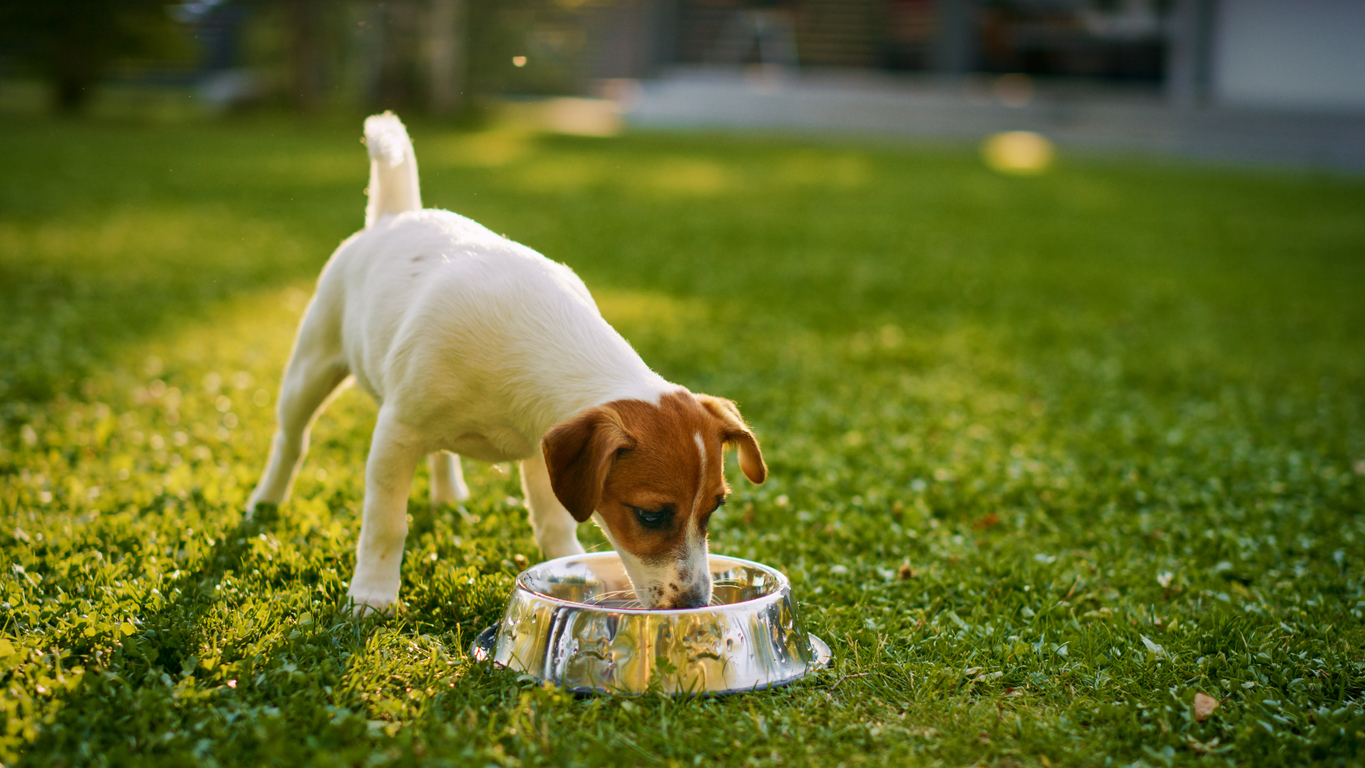Types of foods for dogs: find the best one for your pet

Biological or health conditions can affect a dog's eating behaviour. Some dogs are fussy eaters, while some wolf down their food quickly. Some dogs can't digest some types of foods. Others just have strong preferences.
How do you ensure your dog still gets all the nutrition without force-feeding them? Is there a way to make meals healthy and enjoyable for your pet? Read on to learn the different types of foods for dogs and make the proper choice for your pooch.
The types of foods for dogs
Generally, across the globe, there are five different types of foods for dogs. The following list outlines the benefits of each type. Knowing their differences can help you understand which options are better aligned to your dog's preferences and dietary needs.
Dry food or Kibble
Dry food or kibble is the most common type of dog food. You’re probably already familiar with it. Dry food is protein-rich, easy to store and comes in many varieties. Many dog owners opt for this type of dog food because it’s an economical and easily available option.
You can pick from various flavours, such as salmon, chicken, and turkey. If your dog is allergic or sensitive to certain foods, it’s easy to find hypo-allergenic foods. Just make sure to always check the label for nutritional value before making a purchase. The European Pet Food Industry Federation (FEDIAF) cites specific dietary guidelines, according to a dog’s breed or size.
Canned food
Canned food is usually slightly moist and best for dogs who eat quickly or don’t chew properly. This eating habit can lead to acid reflux, bloating, or long-term digestive issues.
Canned food could help prevent your pet from developing these conditions. Compared with kibble, canned food is more digestible and contains fewer ingredients. It's also softer and features a higher moisture content, requiring less chewing and keeping your pet hydrated.
Semi-moist
In terms of dog food types, semi-moist is usually offered as treats and works best when given on an occasional basis. It comes in many flavours and can be a fun reward for training or pampering your adventurous woofer. One example is Nature's Variety cooked bars. These delightful treats are prepared with natural ingredients for a complementary pet food snack.
Raw food
In the history of dog food, raw food is perhaps the most timeless. This type of food for dogs has existed for centuries. Evolutionary traits allow dogs to eat raw meat. They have strong stomach acids and short intestines that enable them to digest raw meat with ease.
However, some dogs (particularly, tiny ones or specific breeds) might have trouble chewing through it. There is also the fear of salmonella in chicken meat. So be prudent and consult with a vet first before starting a raw meat diet for your dog.
Freeze-dried
Freeze-dried dog food is the latest in the market. Lyophilisation or freeze drying is where you freeze the meat, and reduce moisture level using pressure tools. By the looks of it, it’s going to be a dog parent favourite. It has major benefits, such as convenience, longer shelf-life, high nutritional value, and improved digestibility.
Freeze-dried dog food is a great alternative to frozen raw food and kibble, which can be stored for long periods. In fact, it has been designed to factor in the advantages of the different types of food for dogs.
Excited to give your dog a tastier and healthier option? Here are three of our top picks you should try out:
Nature’s Variety meat bites serve as the perfect treat for training your dog.
Nature’s Variety’s chicken-flavoured food is wholesome, nutritious, and filling.
Meat chunks can be a treat or a full meal, while giving your fur baby its daily dose of nutrients.

Not sure which of these types of foods for dogs is the best for your pets? Make a list of their eating habits and health preferences. Examine the traits of each type and compare them with your dog's nutritional needs. Consider alternating between these types based on your dog’s consumption habits and health needs.
Before you change your dog’s food type, you should take a trip to the vet first. But if you ask us, we highly recommend freeze-dried food due to its benefits and convenience.
